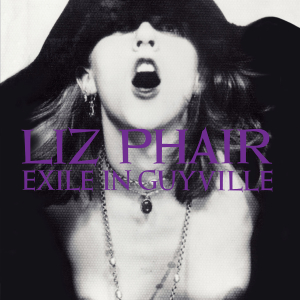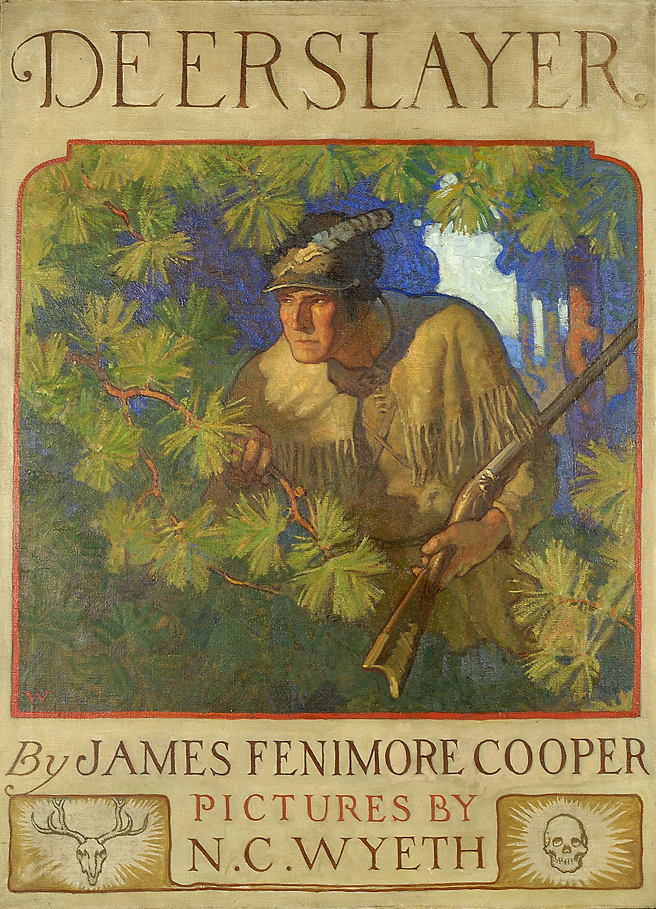We drove to Kansas over the weekend.

We took the dogs, who took the trip in stride. They’re as small as dogs can get and still be dogs: a Chihuahua adopted as a stray when it showed up with heart worms at our daughter’s house and a tiny schnauzer bought at a charity auction after too much wine. They travel in our laps–there should be a French translation, like en crout, sur lap?–and when we travel they sleep and get their heads scratched. They’re dogs.
We spent Friday night in Dallas, Saturday night in Wichita, drove around central Kansas for part of a day, and then drove home. We were home around 1:30 am.
There is a fly shop in Wichita, Ark River Anglers, and I’d planned to get there Saturday and ask them about Kansas fishing. We made it by 4:30, me thinking that they would close at 5:00. They closed at 4:00. Next time.

It was really cold on the prairie, down in the 20s, actually too cold for fishing unless maybe for stocked trout. That didn’t seem like the right color of fish for Kansas, though maybe it was. On our way to the Tallgrass Prairie National Preserve, I bank-fished a bit at Chase State Fishing Lake, not with any expectation of fish, any self-respecting fish was going to huddle in the deeps to stay warm, but we had driven from Texas on the flimsy excuse that we were fishing. Kris walked the dogs and then huddled in the deeps of the car to stay warm. I cast half-heartedly a half-dozen times, lost feeling in my hands, and was done. This doesn’t bode well for the Olympic Peninsula in February.
Even at the Preserve we never left the visitor center. In the spring it would be a good place for a walk, but not at a windy 25 degrees. After all, we had to think of the dogs. After a while we left and headed west. Kris said she wanted to see the Cheyenne Bottoms Nature Preserve, two hours west.

Has anyone ever taken great photos of the prairie? I know there are plenty of photos of stuff on the prairie: windmills, buffalo, cowboys, prairie flowers, hawks, combines, other prairie things, but photographing the prairie itself must be like photographing the ocean: it would take a special talent or at least a lucky eye to do the place justice. There are treeless rolling swells of land, and in winter brown dormant grass broken by green fields of sprouted winter wheat. I loved it, and I loved the Flint Hills particularly: There’s something mythic about their legacy of buffalo herds and plains tribes, and ancient inland seas where the hardest bits of flint stand as outcropped shelves after the softer sediments washed away. I wanted to stay there.
And then there was the great blue sky.

Kris didn’t get nearly so excited. She said it was flat and barren. Here’s a Houston girl calling someplace flat. It wasn’t really flat, that’s only a trick of the omnipresence of the sky. And it wasn’t barren either, at least not to my eye. There was grass everywhere, brown dormant grass, sure, but all over a promise of green, and from time to time there were trees. Ragged leafless trees, sure, but still that promise.
On our way west to Cheyenne Bottoms Kris called out the red tailed hawks huddled in trees and on fence posts. Not many were flying: I supposed it was just too damned cold. We made it as far as the Dairy Queen in Lyons where we bought chocolate dip cones and I declared it was time to turn south and go home. I figured if we skipped Cheyenne Bottoms, still an hour away, we could make Dallas by 9:00 and spend the night. On the way south we crossed the Arkansas River a few times and liked its looks, so we stopped to cast a bit. It was shallow, and clear enough that I could see that fish were unlikely in the cold, but it was also pretty. And it had warmed up to the mid-30s.

Late that night we didn’t stop at Dallas. I got us through the city, and only got lost once because my outdated car gps thought there were freeway exits where there no longer are. I made it an hour further to Ennis and then Kris took us the last three hours home. I dozed. Ok, I slept. I’d do that drive again, especially the sleeping part, but next time I’d like to catch a fish.

Kansas Donuts
Wichita has a strange vibe, like Amarillo if Brooklyn was a distant envied cousin. Want a hipster tattoo? You can get one down near Old Town. Want a grain elevator? There are elevators a’plenty.
The Donut Whole was on the hipster side. The counter girl had admirable vivid dyed blue hair, and grimaced when I told her I preferred my gluten caged. It was $14 for a half-dozen donuts and a coffee, but I figured I got charged extra for the joke. They sold cake donuts, many with peculiar flavors like orange creamsicle. The place was so hip they should offer gluten-free donuts fried in CBD oil, or maybe they already do and the counter girl wouldn’t tell me because she was a’feared of another joke.

How can they sell gluten-free donuts in Kansas?
The lady at Paradise Donuts didn’t have blue hair, but Paradise was still in the hipster part of town. When she asked why we were in Kansas I told her it was for the donuts. She said it was nice we’d picked her place to stop and I explained that we weren’t missing many donut places. She laughed. She didn’t offer me anything that was gluten-free, but I think she might have laughed at my joke about caged gluten. Over time Paradise would wear well, but I guess that’s kinda the point of paradise.

Peruvian Food
Saturday night we got take-out from Gabby’s Peruvian, a small cinder block cafe on a commercial side street. I can’t remember having Peruvian food before, and of course it brought to mind guinea pigs. They weren’t on the menu, but what we had was familiar: a carne guisada, arroz con pollo, fried yucca dipped in green and red salsas, tamal . . . None of it was quite the things I was used to in Tex-Mex: it was yucca instead of tortilla chips, white beans instead of pinto, there was no tomato in the arroz con pollo, and the tamal was larger and less defined in its contents than our tamales and wrapped, I think, in banana leaves. Do they have bananas in Peru? But it was all good, and the place was reasonably crowded and the reviews online were proud of Wichita’s cosmopolitan worldliness–on a side street in Wichita there is a very good Peruvian cafe. That’s about as American as it gets.

Playlist
I’ve had “Carry On My Wayward Son” playing in my head for nearly a week now. I hate that song, I didn’t like it when it was ubiquitous on the radio, back when there were radios, and this week I hate it more than ever.
I probably haven’t spent enough time on my Kansas playlist:
Kris: “Didn’t we just hear Melissa Etheridge?”
Me: “It was three or four songs back. There just aren’t that many choices from Kansas.”
Kris: “Play the next song. Isn’t there anything but Charlie Parker?”
Me: “I like Charlie Parker.”
Kris: “Play Count Basie.”

Me: : “I hate ‘Carry On My Wayward Son.’ Kansas was from Topeka. I think Count Basie played on the Missouri side.
We listen to “Kansas City” from Oklahoma!. There’s a live version of “Kansas City” by Muddy Water. I think all those songs titled “Kansas City” are actually about Missouri.
Me: “Okkervil River is an Austin band.”
I like a song called “Kansas City” by a band called The New Basement Tapes.
Kris: “Didn’t we just hear Melissa Etheridge?”

And then “Wichita Lineman,” plays and we sing along. It has that great romantic line, “And I need you more than want you/ and I want you for all time. . . ” Who hasn’t listened to that song and yearned? Jimmy Webb was from Elk City, Oklahoma, not far from my hometown, maybe a bit more than 100 miles, out on the Oklahoma plains about another 100 miles to Kansas. He would have known what it was like to be a lineman for the county on a 20 degree day when the wind was blowing.

































